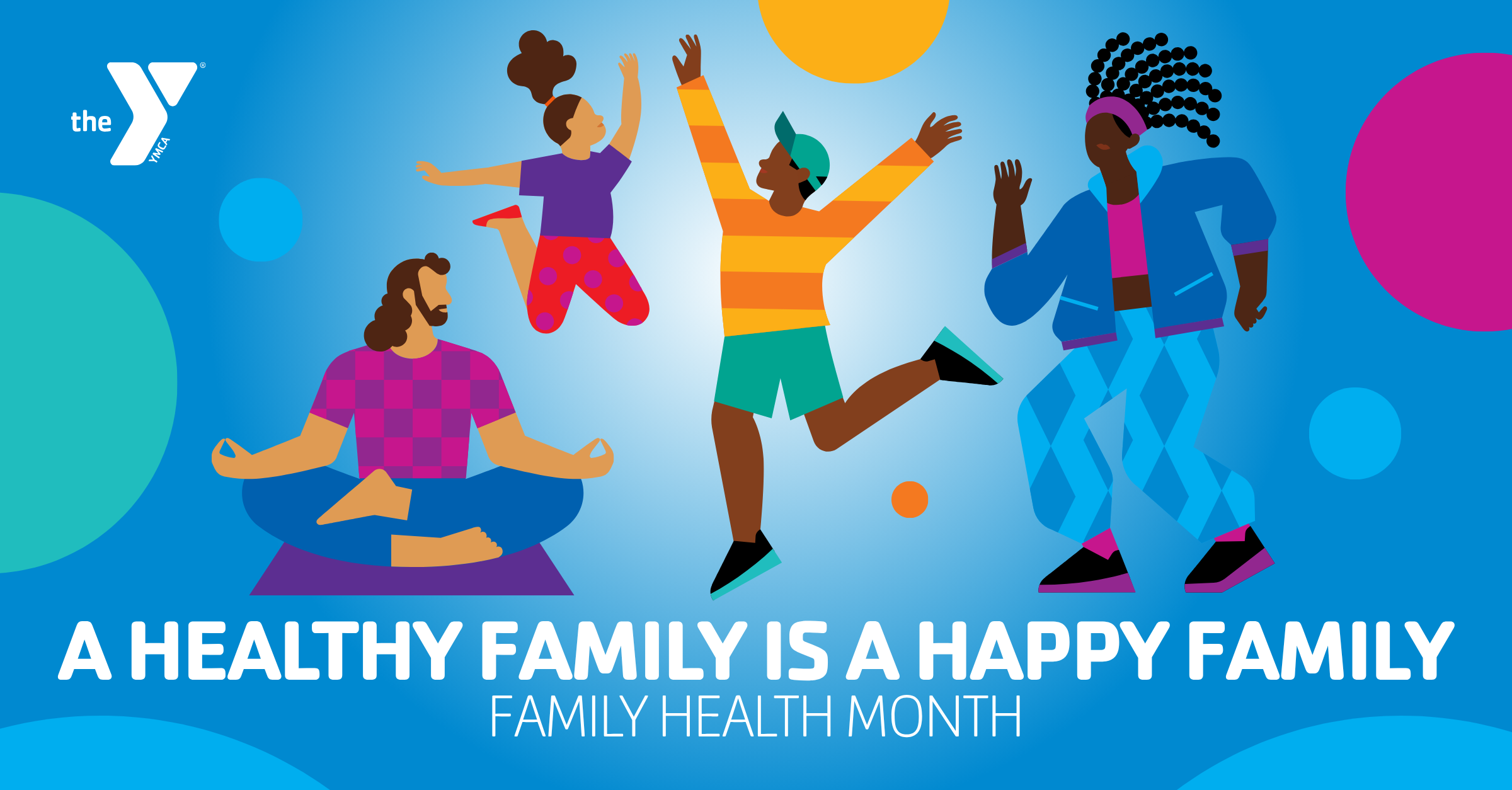Practical Ways to Enjoy Holiday Food Without the Guilt
December is full of celebration. The month brings family traditions, office parties, school events, travel, and plenty of opportunities to enjoy special foods. Cookies, charcuterie boards, homemade treats, and festive drinks are everywhere. Instead of feeling torn between enjoying the season and wanting to stay healthy, you can step into December with a plan that supports both.
Healthy living during the holidays is not about avoiding certain foods. It is about navigating the season with intention so you can enjoy the treats you love while still feeling good in your body. Here are practical strategies you can use right away.
Start with a solid foundation.
What you eat earlier in the day makes a bigger difference than most people realize. A breakfast built around protein and fiber helps you stay full longer and reduces the urge to snack mindlessly later. Try Greek yogurt topped with fruit, scrambled eggs with vegetables, cottage cheese with berries, or oatmeal with nuts and a sprinkle of cinnamon. A steady start makes festive foods later in the day feel less overwhelming.
Eat regular meals instead of skipping to “save up.”
Skipping meals before a party is a common habit, but it usually backfires. Extreme hunger makes it harder to make intentional choices and can lead to overeating. A balanced lunch with protein, vegetables, and whole grains helps you arrive at events feeling even, not ravenous.
Use a quick visual approach at buffets and gatherings.
Before filling your plate, pause and take a look at everything available. Pick one or two foods you are genuinely excited to enjoy. Add produce or a lean protein if available, since those foods help your body feel satisfied, and then choose small portions of the richer items. This approach gives you the freedom to enjoy special dishes while still supporting balance.
Have a snack strategy for long days.
December often means running errands, attending performances, and rushing between commitments. Keeping simple snacks on hand can prevent unplanned overeating later. Cheese sticks, apples, nuts, yogurt cups, or whole-grain crackers with peanut butter are easy to carry and help stabilize your appetite until the next meal.
Create a plan for leftovers.
Leftovers can be one of the biggest challenges of the season. Instead of letting them tempt you all week, portion out favorites into single servings, freeze extras, or repurpose them into balanced meals. Turkey can become soup, leftover vegetables can be turned into omelets, and small portions of desserts can be wrapped individually to enjoy mindfully.
Decide what matters most to you.
Every family and workplace has foods that feel special. Identify the treats that truly make the holiday meaningful to you, and give yourself permission to enjoy those without guilt. At the same time, it is okay to pass on foods that you do not genuinely want. Being selective keeps holiday eating enjoyable rather than overwhelming.
Pay attention to pace.
The speed of eating changes how full and satisfied you feel. Slowing down during meals supports comfort, especially with richer foods. Try setting your fork down between bites, pausing for conversation, or taking a sip of water between foods. This gentle shift helps you enjoy the flavors while avoiding the discomfort that often follows rushed eating.
End the evening on a steady note.
If you finish a holiday meal feeling overly full, a short walk, warm herbal tea, or a few minutes of deep breathing can help your body settle. You do not need to “make up” for anything you ate. A small supportive step helps you feel better and transition calmly out of the event.
Make one or two small changes.
Choose one or two strategies that feel realistic for your life and experiment with them this holiday season. Maybe it is having a steady breakfast, or maybe it is choosing the holiday treats you genuinely enjoy instead of sampling everything in sight. Small shifts like these can help you feel more grounded in a season that often feels rushed and chaotic.
The goal is simply to create a little more space for comfort, enjoyment, and well-being in the middle of a very full month. When you approach December with flexible habits and a sense of curiosity instead of pressure, you give yourself room to enjoy your favorite traditions while still feeling good in your body. A balanced approach lets you celebrate fully and step into the new year with confidence rather than guilt.
Ready to take your nutrition to the next level?

About Sara Dow
Sara Dow is an ACE-certified Personal Trainer, Weight Management Specialist, and Fitness Nutrition Specialist. She holds a Bachelor of Science in Nutrition and Dietetics from Kansas State University and is currently pursuing her master’s degree in Human Nutrition through the University of Alabama. Sara is passionate about helping people improve their quality of life through the power of nutrition, exercise, and community.
Want to level up your nutrition? Register for a One-On-One Performance Nutrition Workshop with Sara. In this 60-minute session, Sara will provide evidence-based guidelines for pre- and post-workout nutrition specific to your goals, healthy recipes, and practical tips for incorporating real foods into your diet to support optimal performance and recovery. Click here to register today!
![[Glacial Community YMCA LOGO SQ]](https://recliquecore.s3.amazonaws.com/imgs/ymca_logos/named_y/blue_purple.png)
![[Glacial Community YMCA LOGO FULL]](https://s3.amazonaws.com/recliquecore/imgs/ymca_logos/named/blue_purple.png)

